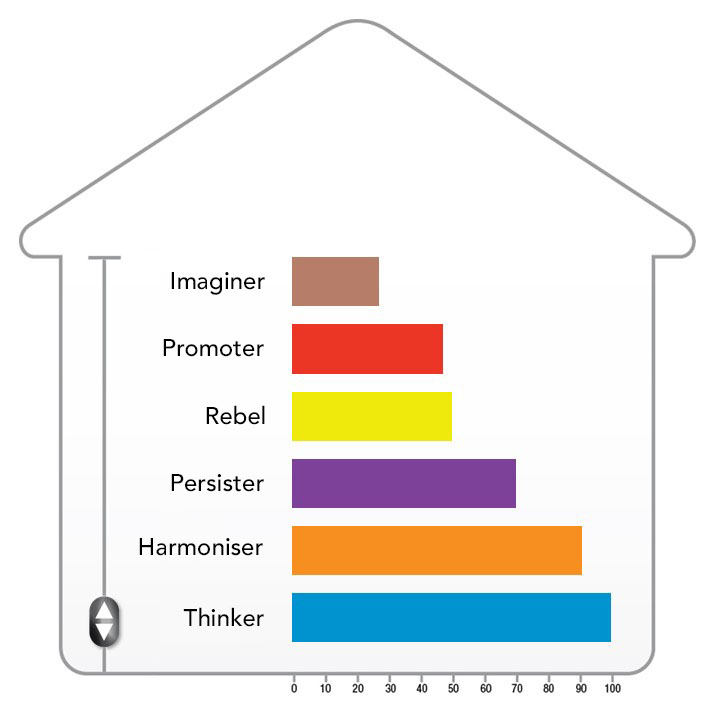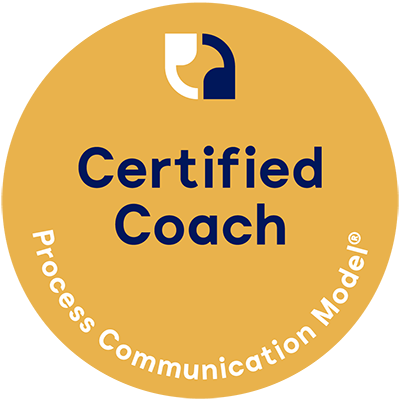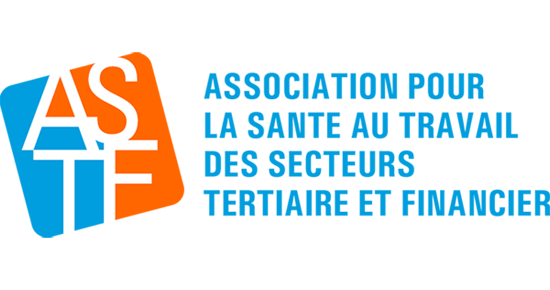A way to more self-knowledge and better interpersonal relationships.
New challenges, new talents, working together
In recent times, technological advances and especially the health crisis, have radically transformed organizations by providing immediate access to information, faster and more intensively than ever. New forms of communication are now invading our television, cell phone and computer screens. Despite these widespread advances, the business world is still made up of real people who, through their talents, training, experience and, above all, their personality, truly strengthen the capabilities of their company.
Today people are indeed the most valuable asset for any corporation.
Whilst managers may be aware of the risks of stress, employees are also eager to learn how to better resist pressure: Self-knowledge and awareness, self-management, understanding others and better relationship management will inevitably relieve much of this pressure; especially if everyone, whether a manager or not, were able to contribute by having their skills enhanced in these important and vital areas.
Communication tools
We are developing more and more tools to simplify our communication, but do we also communicate better with others? It is becoming clear that the need for interpersonal communication skills and truly collaborative relationships is more important than ever. The Process Communication Model® provides us with effective and easy-to-use tools that make it easier for us to connect with other people quickly and productively while at the same time effectively transmitting the essential content.
Personality and communication model
The « Process Communication Model® » (PCM) developed by Dr. Taibi Kahler, is a scientifically validated communication and management method for the daily private and business life. This model classifies “personality types” into 6 categories, called:
- Thinker;
- Persister;
- Rebel;
- Promoter;
- Harmoniser ;
- Imaginer.
The personality types are differentiated by:
- An essential psychological need;
- A perception of the world;
- A privileged communication channel;
- Character strenghts;
- Interactions style;
- Driver (a myth that drives you into miscommunication).
Each individual’s personality is composed of the six types at various levels.
The dominant personality type is called the « base ».
The personality types are schematized as the different floors of a house.
At the bottom of the house are the most observable personality types. At the top of the house is the least significant personality type.
This structure is the concept that describes how our personality influences our communication.
The metaphor of the “elevator” illustrates the ability of a person to reach the different floors in order to use all his resources.

What is the difference between the PCM and other personality models?
The PCM is a personality AND communication model. Whereas other models often aim at describing personality only.
How the PCM model works?
The first step is to identify your personal mix. This will be done by using a personality test, the result of which will be the above-mentioned housing diagram (with its different levels).
A personality is mainly defined by its « base » and « active phase ».
Once your personality base type has been identified, it will be essential to use the communication channel which goes along with it.
The second step is to identify the personality type of the interviewer by observing multiple aspects of their personality, including behavioral traits, perceptual preferences, individualized motivations, unique communication patterns, and predictable and observable stress behavior.
The third step is to use the appropriate communication channels for each interlocutor.
- When two people have the same personality type, communication will be easy;
- On the other hand, if their personality types are far apart, communication will require more energy because they will have to use the “elevator” in order to reach the phase corresponding to the personality of their interlocutor and the communication channel that corresponds.
HOW things are said is as important and often more important than WHAT is said.
The PCM model focuses on the way we express ourselves, according to the personality of our interlocutors.
An effective communication process improves the relationship by establishing a solid connection, much like a strong signal when using a WiFi.
The process is the way we make this connection to ensure that we convey the content of our message in the best possible way.
Conversely, there is a risk of miscommunication if the right contact is not made.
Miscommunication leads to misunderstandings, which can ultimately lead to both people in distress, resulting in unproductive conflict
The Process Communication model to cope with stress
The predictability of distress behaviour is one of the most valuable tools in the Process Communication Model® arsenal.
As a result of Dr Kahler’s observations, we know that behaviour under normal and severe stress is highly predictable: The model then provides precise methods to enhance better self-management and better management of our interpersonal relationships even under stress.
The benefit of the Process Communication model
PCM gives us clearly identifiable clues to develop communication strategies and appropriate interactions so that we can effectively build and foster lasting relationships.
Personality is a mix of components relating to our character, our moods, how we deal with our thoughts, opinions, emotions, reactions, actions and reflections. It also relates to how we cope with stress and how we motivate ourselves.
With knowledge and understanding of our behaviours we can improve the quality of our business and private relationships by facilitating the individualization of our style of communication and leadership including our method of conflict management.
With knowledge of PCM it is possible to monitor communication interaction by interaction, to facilitate avoidance of miscommunication with clearly defined strategies to restore communication, where it has been broken.

A certified coach will be happy to show you to use your strengths, turn negative situation around and build better relationships. ASTF is a certified « PCM Coach ».


